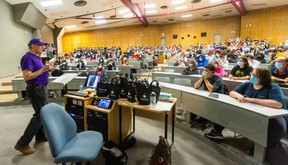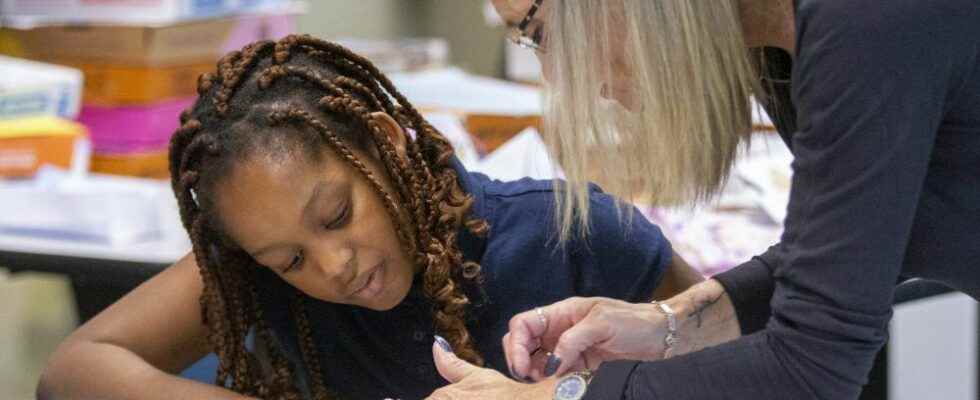For generations, First and Second world war veterans spent the days leading up to Remembrance Day visiting local schools and engaging students with their wartime stories.

For generations, First and Second world war veterans spent the days leading up to Remembrance Day visiting local schools and engaging students with their wartime stories.
But with First World War vets all having died, and those from the Second World War almost all gone as well, educators say they have had to motto other ways for students to learn about the military history of their country.
“We want students to understand that time period, but we want them also to be able to empathize,” said Jim Pedrech, a former history teacher and now an education consultant for the London District Catholic school board. “What was it like to be a soldier?”
The key, he said, is to “focus on primary sources from the past . . . as opposed to just reading a book.”
“Students can analyze photos from the trenches, and of veterans and soldiers who served in either war, read letters from soldiers sent back home,” Pedrech said.
“Students have also analyzed the objects soldiers would have had with them and see what kind of inferences we can make from that.”
An example of that is “an incredible museum piece” at Museum Strathroy-Caradoc, Pedrech said,
It’s a copper and brass cigarette case, into the sides of which soldiers would often carve etchings like graffiti, he said.
On this particular piece the soldier recorded the battles he had fought in: Passchendaele and Vimy Ridge.
“Students analyzing primary sources from the past, which soldiers would have seen, touched or interacted with, is a really powerful way for them to understand what it would have been like to be one,” Pedrech said.
In other instances students research a particular solider to find out where they grew up and where they lived.
“We did a project once where we used a Google map to identify where various soldiers lived on our streets to give students context of the streets they walk down,” Pedrech said.
Students studying the First World War can also visit the re-creation of a trench to get a feel for what soldiers endured, he said.
Western University history professor Jonathan F. Vance recently invited 650 high schoolers to a day of military history at the university to pique their interest in the past.
“Sometimes history is a bit of hard sell for kids,” he said.

With the number of veterans dwindling, the session introduced high schoolers to “outstanding” online resources through the website wartimecanada.ca, Vance said.
The website features unusual documents such as coloring books and toys, so students can learn about the war from the perspective of a child.
Other objects allow students to research wartime Canada from the perspective of a soldier, a worker in a munitions camp or someone who had been interned during the war.
“That allows students to explore the two world wars in ways they never could have done before,” Vance said. “We can’t put them in front of witnesses to the world wars anymore, but we can bring them close to it by allowing them to see and work with (online copies of) actual documents.”


